1839-1913
Herman Rau was born in Genoa but educated in his homeland, Germany. After completing his degree in Stuttgart, he made his way to Chicago, anglicizing his name to “Rowe” and meeting his wife, Nellie.

Rowe was invited to supervise the building of “Old Main” at what is now the University of Kentucky and quickly made Lexington his home. Rowe partnered with fellow architect Arthur Giannini before opening his own practice. Rowe proved prolific, building residences, offices, schools, & more in a variety of the styles popular in the day including Eastlake, Richardsonian, Queen Anne, & High Victorian.


Rowe’s two most famed buildings demonstrate the breadth of his talent, the unique, Eclectic Lexington Opera House and the restrained, Grecian Carnegie Library. Rowe developed a large portion of West Second, including three houses for the Scully family at 474, 478, and 480, alongside 432 and 106 for others.
Other notable buildings by Rowe include the Northern Bank building on Short, now the home of Dudley’s & more, the “Argyle Hall” dorm for Campbell-Hagerman College (a women’s school) at 431 West Second Street, and the Loughridge Building at 129-131 Cheapside (former site of Cheapside Bar & Grill).
When Herman Rowe died unexpectedly of heart disease in 1913, his significant estate presented an unusual case. The Rowes were childless and Rowe’s German siblings challenged Mrs. Rowe for what they believed was their rightful portion of the estate. Mrs. Rowe made the novel claim that the start of World War I made his German relatives “enemy aliens” that could not inherit.
Herman & Nellie Rowe now rest at the Lexington Cemetery beneath simple carved stones, giving no suggestion of the grand buildings he left behind.





